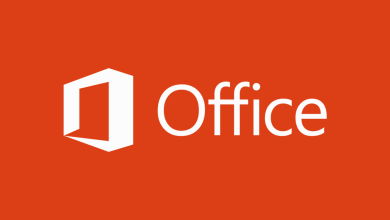Windows 10 can now run Linux applications with a graphical interface
Microsoft will update Windows Subsystem for Linux so that it can be installed from the Windows 10 app store very soon.

 Microsoft revealed that Windows Subsystem for Linux (WSL) would leave the preview phase and land in the Windows 10 Microsoft Store. The announcement implies that users will have easier access to WSL and can run Linux applications with a graphical interface. The technology company also confirmed that the Store version would be installed by default in Windows 1o and Windows 11, optimizing the steps necessary to launch it.
Microsoft revealed that Windows Subsystem for Linux (WSL) would leave the preview phase and land in the Windows 10 Microsoft Store. The announcement implies that users will have easier access to WSL and can run Linux applications with a graphical interface. The technology company also confirmed that the Store version would be installed by default in Windows 1o and Windows 11, optimizing the steps necessary to launch it.
Craig Loewen, a product manager at Microsoft, said that WSL’s arrival in the Windows 10 Store was thanks to community requests. The company announced at Build 2020 that running Linux applications with a graphical interface would be possible without sacrificing performance. However, the Linux Subsystem version only debuted in the Windows 11 Microsoft Store as a preview version.
This means that we can execute the command wsl.exe --installto install the Store version. Doing so will no longer enable the optional “Windows Subsystem for Linux” component, nor will it install the WSL kernel or WSLg packages, as they are unnecessary. Users running Windows Subsystem for Linux via the optional feature will receive a prompt to upgrade to the Store version.
This is the most crucial change of the Windows Subsystem for Linux.

According to Loewen, the transition from WSL to the app store will allow users to access subsystem features faster without worrying about changing the Windows version. Remember that WSL is an optional component of the operating system. Therefore, the binary files that make up the logic are part of its image. Under that scheme, changes to the subsystem are tied to Windows updates.
When porting the binaries to an application, the WSL is decoupled from the version of Windows. New subsystem versions arrive the same way other applications are updated, making the process easier. The only requirement is to have the Virtual Machine Platform component activated within Turn Windows features on or off.
With the deployment also come some additional tweaks to the installation commands. Windows 10 users will be able to include any of the following. wsl.exe --install.
--inboxInstall the WSL using the optional Windows component instead of using the Microsoft Store.
--enable-wsl1Enables WSL 1 support during Microsoft Store version installation by also enabling the “Windows Subsystem for Linux” optional component.
--no-distributionIt does not install any distribution when installing WSL.
--no-launchIt does not automatically start the distribution after installation.
--web-downloadDownload the latest version of WSL from the internet instead of the Microsoft Store.
How to install the WSL from the Microsoft Store in Windows 10
To install the Windows Subsystem for Linux from the Microsoft Store, it will be necessary to install versions 21H1, 21H2, or 22H2 of the operating system. In the same way, it is essential to have the KB5020030 updates for Windows 10 or KB5019157 for Windows 11. For now, availability is limited to a few users, although Microsoft confirmed it will reach the public in mid-December.
Once it lands, you must run the command wsl --installfrom a terminal as administrator. If you are already a user, all you have to do is write wsl --updateto update to the latest version of the Microsoft Store.





